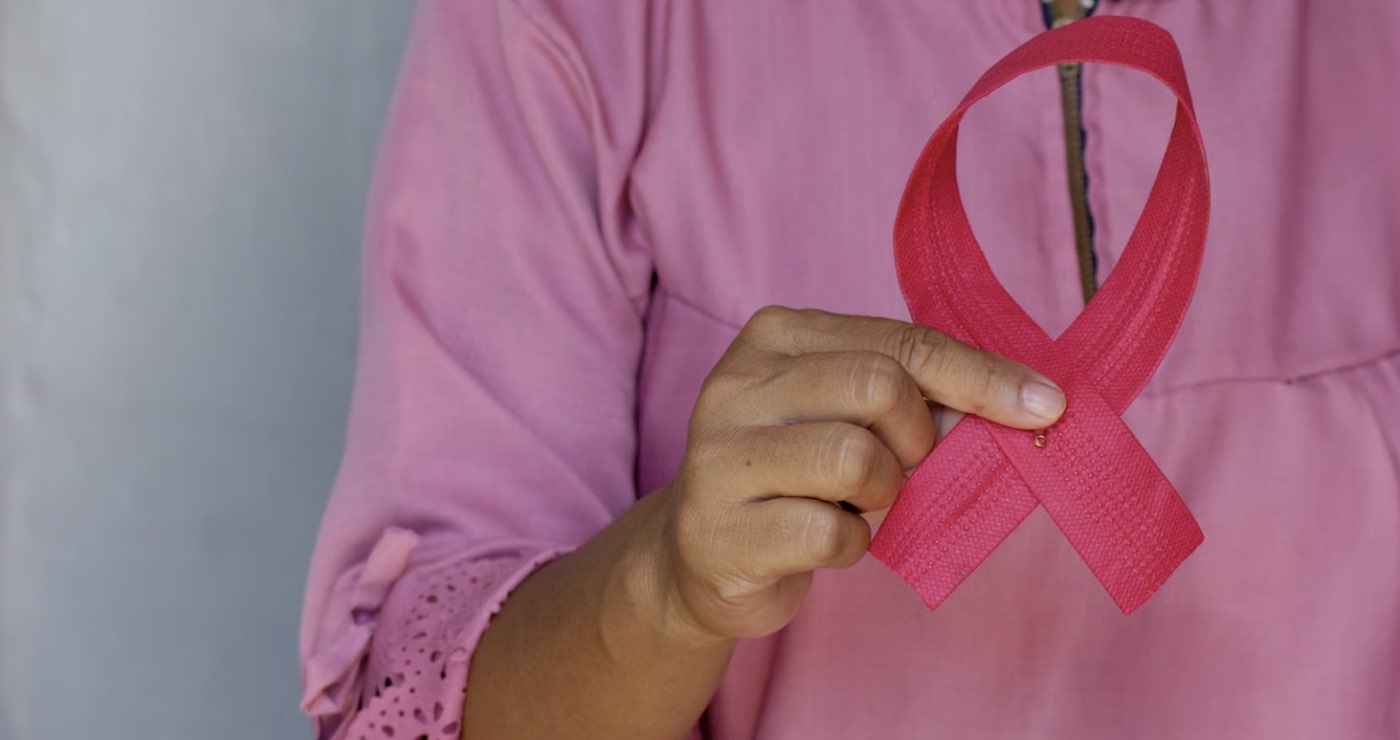obviously it’s new and recent research, but holy heck
$12 everywhere In the world. $80,000 In the US
Have to do a full, 3-year course of Ivermectin before you’re allowed to be denied using it.
This information has been laundered through two different websites, and ultimately the journal article can be found here so you don’t have to play a game of telephone written by someone who has literally no qualifications to do so.
Thanks for popping in the link! Wow, what a read. I hope it leads to better treatment.
The abstract from that linked page:
Approximately 75% of breast cancers are estrogen receptor alpha-positive (ERα+), and targeting ERα directly with ERα antagonists/degraders or indirectly with aromatase inhibitors is a successful therapeutic strategy. However, such treatments are rarely curative and development of resistance is universal. We recently reported ErSO, a compound that induces ERα-dependent cancer cell death through a mechanism distinct from clinically approved ERα drugs, via hyperactivation of the anticipatory unfolded protein response. ErSO has remarkable tumor-eradicative activity in multiple ERα+ tumor models. While ErSO has promise as a new drug, it has effects on ERα-negative (ERα−) cells in certain contexts. Herein, we construct modified versions of ErSO and identify variants with enhanced differential activity between ERα+ and ERα– cells. We report ErSO-DFP, a compound that maintains antitumor efficacy, has enhanced selectivity for ERα+ cancer cells, and is well tolerated in rodents. ErSO-DFP and related compounds represent an intriguing new class for the treatment of ERα+ cancers.
Not that I have any idea what that says…
- Approximately 75% of breast cancers are of a certain type.
- We know of ways to target this type of cancer directly and indirectly.
- However, these methods rarely fully cure the problem, and the patient eventually develops a resistance to these treatments, which makes continued use less effective.
- We recently examined and reported on a drug which targets this common cancer type in a novel way and is remarkably effective.
- However, that drug also interacts with non-cancerous cells in certain contexts, which ideally you want a cancer-targeting drug to avoid wherever possible.
- We examine and report on a variant of this drug that is similarly effective but is less likely to target non-cancerous cells.
- It is tolerated well in rodents, and this drug and related drugs are worth exploring for treating this cancer type.
Am I the only one who read the paper? All the comments are like: it’s only mice.
They did it in 6 different breeds of knockout mice, rats, and beagles -as in the best dog model for cancer translation to humans. They are well passed the threshold needed to show strong potential in people.
Other comments: it’s new and experimental
They have been working with it for years now and have shown efficacy down to a single dose. That is what this paper is about. They had previous tests with the compound, then with decreasing doses, and now this paper will it down to a single dose.
Other comments: there is no way this is real
Of the 9 primary authors, 4 are on NIH grants. I’m taking a wild guess no one here has had to fill one of those out, but they take about a month of solid writing and submitting evidence as to why your thing should get funded due to the shortage of scientific funding, then it gets reviewed by several rounds of blinded experts in the field to evaluate if you have any merit to what you are talking about, then you have to submit regular updates to show that you aren’t just pissing away tax dollars. On top of that, this was done out of a lab at the university of Illinois urbana-champaign, meaning you also have university funds mixed in so you have them checking in on you. Then they also had a state cancer research grant, adding more oversight.
How real is it? If you read the paper you would have seen they were using human tumors grown in the mice. This is a very well established cancer testing method. The downfall in their model, as they pointed out, is using NSG and athymin mice. These are immunocompromised mice. They bring up how with the necrotic cell death in the tumor (from the drug working ironically so well and so fast) that they don’t know how human immune systems will respond to it and that is kind of their next direction of the research.
Read the full abstract, then at least read the discussion section near the end if you want to get a better understanding of what is going on. Then if you are still interested, go back up to the intro and read through from there till you can’t any more.
Have you considered a career in science journalism? Because you should.
Probably. I’m still trying to figure out what “Single-Dose Drug Wipes” are.
/joke
it is indeed quite important to highlight they tested it in more than just one mice species. however, they did not test the effects against breast cancer in dogs; they only did some toxicology studies on just the “side-effects” part and they did not test for breast cancer reduction, which is why this is only mentioned in two sentences. it’s still important information, but it’s much less than what you might have implied.
Other comments: it’s new and experimental
i’m the only guy who said that and i was responding to a comment literally asking for people to scour for reasons to doubt. in fact i dedicated half of my comment towards saying how low the odds of it being a bad study are due to the authors and accreditation. i’m glad you read the links people post tho, one of my posts in a “don’t alter headline” sub was swarmed with comments that evidently only read the headline once.
Repost this before it disappears off the face of the earth
accounting for 15% of all cancer diagnoses in the US
Wow, that’s a significant portion of cancer this would be effective against. Assuming it still works for humans.
Scientists of Lemmy, tell me why this is BS
besides working in mice only being a “probably works in humans”: it’s very recent and is a research paper. only facts that hold true by the time they’re included in a review paper are considered certain. maybe instead of viable mice, they measured a vial of meth. however, because this is published in an accredited journal, any mistake would probably be much more subtle than that, and having many co-authors lowers the odds even further. of anything wrong that affects the conclusion, i mean. meth is overrated
We are in the worst timeline and can’t have nice things.
Real. Also mice tiddies.
My first thought was wondering whether there exists a special variety of big tiddy lab mice bred solely for use in breast cancer research
Didn’t they just shutdown all NIH and cancer research ostensibly eliminating the department completely?
Could you send a link?
From the sidebar:
This is a sanctuary for those seeking a break from the incessant negativity often found in today’s news cycle
I don’t think questioning a science story is the negativity that comes from today’s news cycle.
Humans don’t have mouse titties.
Because my momma said its the devils work!
“Single dose” and “no side effects” makes me very sceptical.
Mice are not human, drug prob won’t work the same way in humans. IANAS
They used human tumors in mice so it was being tested against human tumors. The main issue is that the mice were immunocompromised so it would stand to be tested in humans with functional immune systems.
deleted by creator
Just in time since Trump suspended financing for all cancer research in the US.











